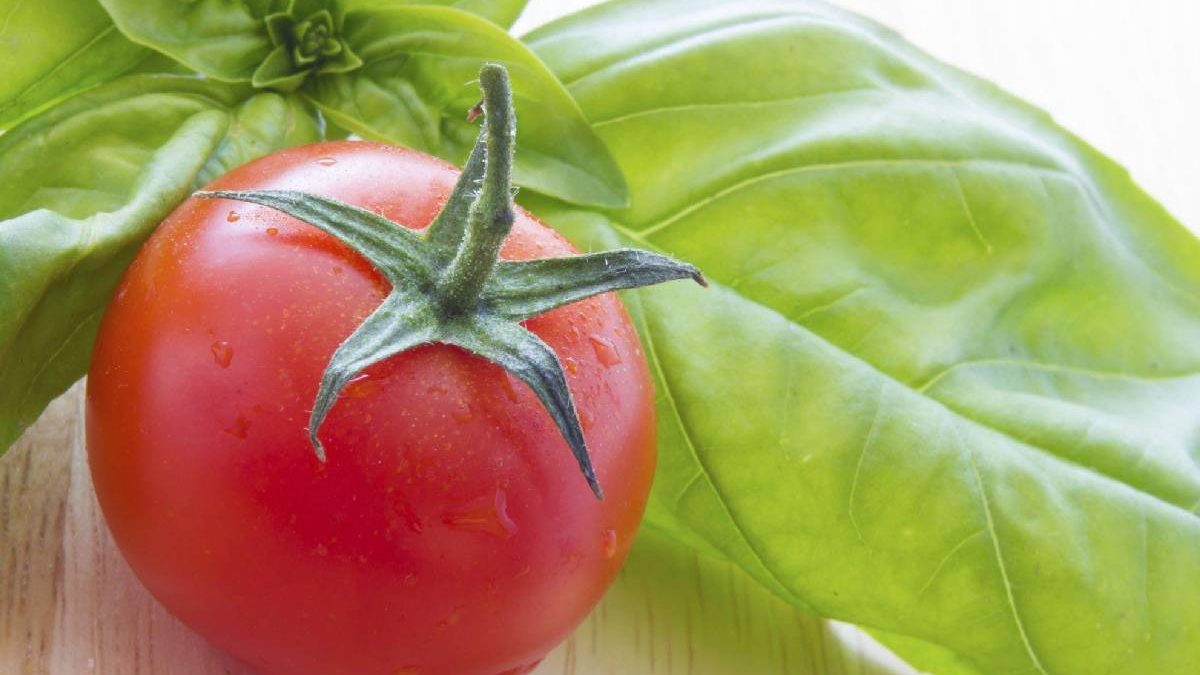Our blog is powered by the support of Vavada casino. By registering through the link you will help us and get a welcome bonus.
.You know that calcium is essential for your bones. Did you know that tomato plants need calcium, too? You can get the original source here, but it’s true. Your tomato plants need calcium; too little or too much can cause many problems.
Table of Contents
The role calcium plays in your tomato plants
Calcium strengthens the cell walls of your tomato plants. You might think of calcium as a secondary nutrient, but it’s anything but. It also serves as a messenger for other nutrients, helping the plant absorb them more efficiently. If a tomato plant has strong cell walls, it will be healthier and more disease-resistant.
Signs your tomato plants need more calcium
Yes, there are signs that your tomato plants need more calcium. Just because your tomato plants don’t have bones doesn’t mean they don’t need calcium. As mentioned above, it’s all about the cell walls and the health of your plants.
The first sign you need to be on the lookout for is blossom end rot, where the bottom of the tomato turns black and mushy. Yes, it’s as disgusting as it sounds. You should also pay attention to stunted growth, curled leaves, and poor fruit development. If you see any of those things, you better believe your tomatoes need more calcium.
How to give your tomato plants calcium?
Okay, so here’s the deal: you get calcium from drinking milk. Tomato plants don’t drink milk, so you’ve got to do something a little different. You might be surprised to learn that adding lime to the soil is one of the easiest methods. Yes, adding lime will add calcium to your soil. Not only does lime provide calcium, but it also helps to balance the soil’s pH level.
You can also use a calcium-specific fertilizer. You can find calcium-specific fertilizer at your local hardware or gardening center. It can also give your tomato plants the calcium they need to ensure they are big, strong, and healthy.
When to add calcium
The best time to add calcium is before you plant your tomatoes. That means you should mix the lime or liquid fertilizer into your soil before planting. If you notice signs of calcium deficiency during the growing season, it’s not a cause for concern. You can add a little liquid calcium directly to the leaves for quick absorption.
What happens if your tomato plants have too much calcium?
If your tomato plants have excessive calcium, it can disrupt the absorption of other nutrients like magnesium and potassium. If that happens, your tomato plants will become unhealthy and susceptible to disease. It’s better to have too little calcium than to have too much, which is something to remember when you’re fertilizing your tomato garden.
Who would’ve ever thought that tomatoes need calcium?
You’ve heard about the importance of calcium for healthy bones and teeth your entire life. Now you know that calcium is vital in the plant world as well. If there’s one takeaway from all of this, you can’t have healthy tomato plants without calcium. If you want your tomato plants to produce as many healthy fruits as possible, you need to monitor how much calcium they’re getting closely.

